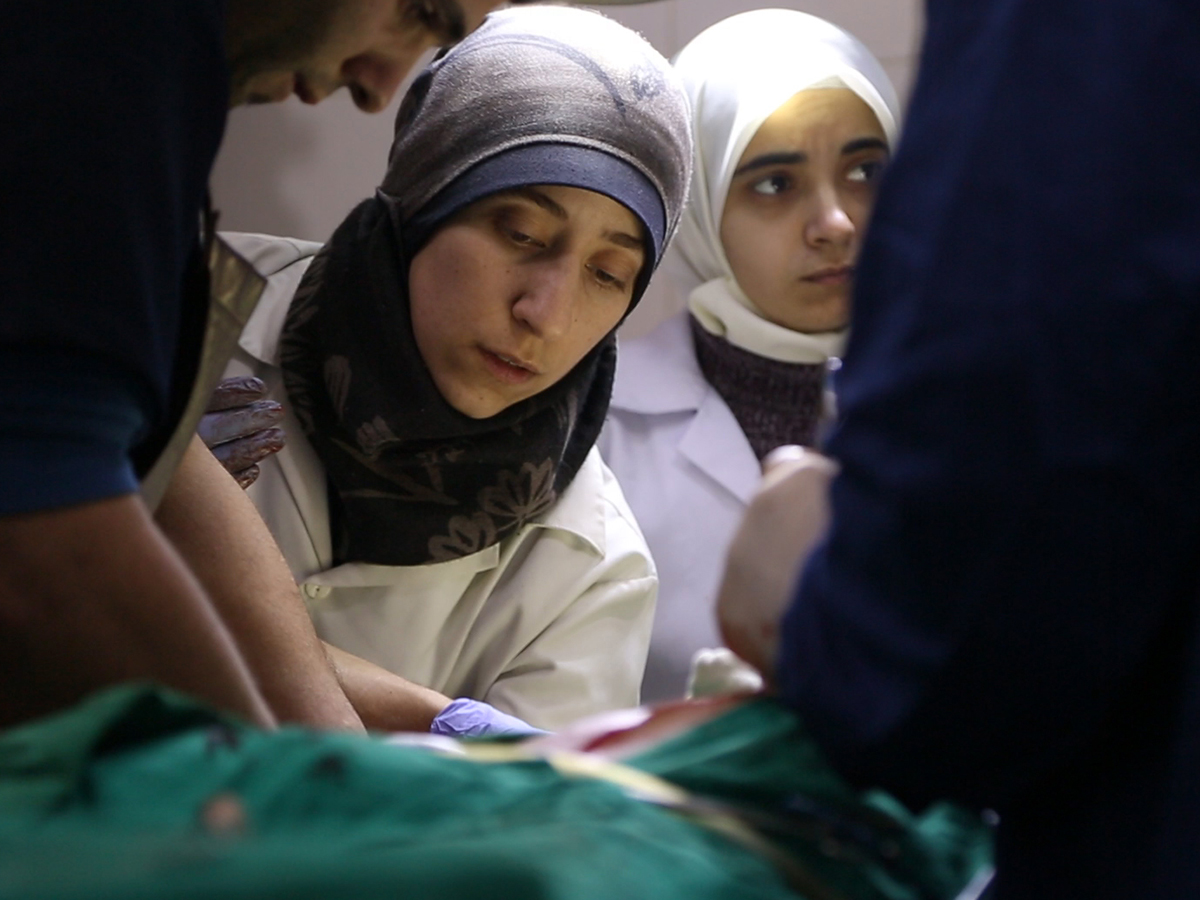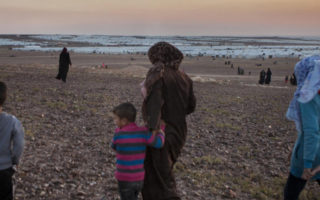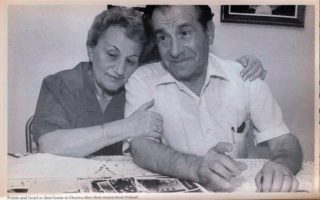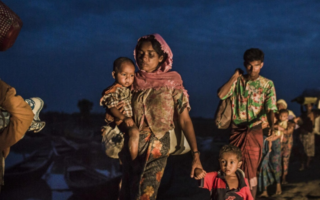
Dr. Amani Ballour (centre) is seen in this scene from “The Cave.” ©The Cave
Award-winning documentary follows female-led team caring for patients in subterranean hospital
By Lauren La Rose
On the outskirts of Damascus, Syria, hope, heartbreak and healing all lie in a safe haven just below the surface – in a hospital operating entirely underground.
Led by a young pediatrician, a dedicated team works tirelessly to treat and care for ailing civilians besieged by the ongoing civil war.
Their heroic efforts are captured in the powerful Oscar-nominated National Geographic documentary film “The Cave.” The film won the people’s choice documentary award at the Toronto International Film Festival in 2019.
The focal point and central location of the film is the subterranean hospital and safe haven known as “the cave,” divided into rooms, including a pediatric clinic, women’s clinic, operating room and recovery room and a large central emergency receiving area.
Pediatrician and managing physician Dr. Amani Ballour lead a team of doctors and nurses contending with daily bombardments and chronic shortages of essential supplies among their unending challenges.
According to UNHCR estimates, there are 6.1 million internally displaced people in the country, and 11.3 million in need of health assistance.
“The Cave” director and co-writer Feras Fayyad, the filmmaker behind Oscar-nominated documentary “Last Men in Aleppo,” decided to once again centre his latest work around the ongoing conflict in his native Syria.
He collaborated with Damascus-born cinematographers Muhammed Khair Al Shami, Ammar Sulaiman and Mohammad Eyad to capture the inner workings of the hospital in a style designed to “get the audience inside the experience.”
Fayyad said more than 400 hours of footage was captured in Eastern Al Ghouta between 2016 and 2018. Dr. Ballour and her colleagues were followed for extended stretches of time both on and off the job, from personal interactions to communications with family beyond “the cave” and moments of levity, like a birthday party.
“This was the plan in the film: to create an experience that put the audience in the shoes of the characters,” said Fayyad. “Bring them to the war zone, make them empathize and feel the struggle.”
As they tend to the physical ailments afflicting their patients, the ongoing conflict leaves its own marks on Dr. Ballour’s team. Samaher is a bubbly, smiling and energetic nurse who cooks for the staff and tries to find novel solutions to deal with the food shortages. She maintains a cheery attitude in the aftermath of a previous bomb attack on the hospital which has left her memory-impaired and fearful.
“It doesn’t leave you — tragically,” said Kirstine Barfod of Danish Documentary Films, who co-produced “The Cave” with Sigrid Dyekjær.
“I think this is one of the things, we would do a sequel, that would be the story, about the trauma.”
“It’s about the trauma from the system, trauma from the society, trauma from how we deal with each other, “ added Fayyad.
Adding to the challenges for Dr. Ballour in particular was having to assert her rightful place as equal alongside her male counterparts, particularly as a young female physician tasked with running the facility.
“This was the plan in the film: to create an experience that put the audience in the shoes of the characters,” said Fayyad. “Bring them to the war zone, make them empathize and feel the struggle.”
“To be the manager of this hospital was a challenge for me,” she acknowledged. “It’s very, very hard to run a hospital in a besieged area where people are starving. Men would refuse to talk to me when they learned I was the manager, or they would say I had to stay home. It was frustrating. But someone has to be the first, and I knew I could do the job. And at the end of the two years, some men changed their minds towards me. Some of them admitted that I was very good at my job.”
Fayyad said Dr. Ballour clearly had a bond with the young girls she cared for and treated who he recalled could be heard “screaming her name” seeking her out. What’s more, she encouraged them to speak up for and advocate for themselves to ensure their voices are heard.
Despite the fast-paced and intense nature of her work, Dr. Ballour demonstrated a sense of calm and authority Fayyad wanted to convey in how she was captured, noting that she was never seen running as the camera tracked her movements.
“This woman has courage…. not to step back, not feel fear, not to be scared.”





